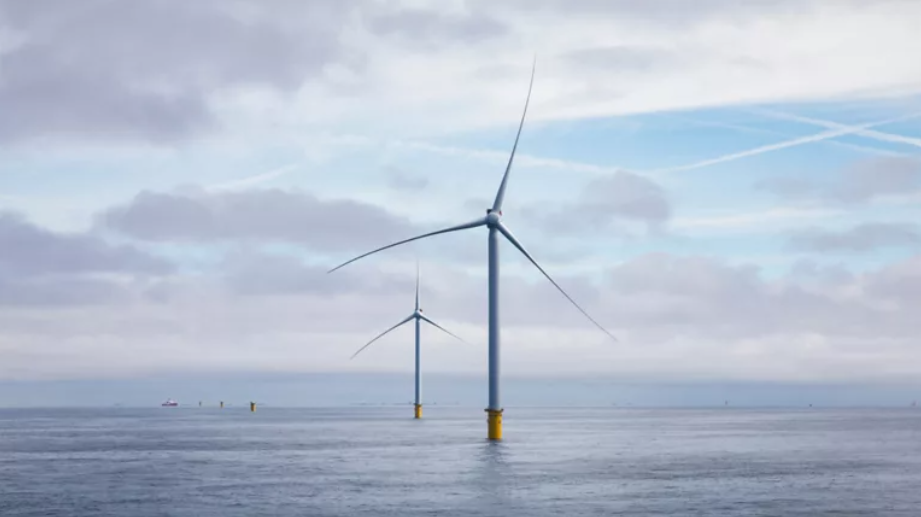Netherlands Awards Development Permits for Major Offshore Wind Sites
The consortium Noordzeker, composed of SSE Renewables, Dutch pension fund ABP and its asset manager AGP, and a joint venture between Vattenfall and Copenhagen Infrastructure Partners (CIP), known as Zeevonk II, have secured development permits for the IJmuiden Ver Alpha and Beta offshore wind sites in the Netherlands. The developers will prioritize circularity and environmentally conscious solutions in the construction and operation of their projects.
The Dutch Ministry of Economic Affairs and Climate Policy and the Netherlands Enterprise Agency (RVO) announced the tender results on 11 June. With a combined capacity of at least 4 GW across both locations, this is the largest offshore wind tender round in Netherlands’ history.
Noordzeker consortium won the permit for the 2 GW site IJmuiden Ver Alpha, while the Zeevonk II joint venture secured the IJmuiden Ver Beta site of the same capacity. The application period for these sites commenced on 29 February and concluded on 28 March, with RVO receiving multiple applications despite current challenges in the offshore wind sector.
The IJmuiden Ver Alpha and Beta offshore wind farms, which will be constructed without subsidies, are projected to be operational in 2029. For this tender, the Dutch government evaluated the extent to which the developers follow the principles of the International Responsible Business Conduct (IRBC) Agreement for the Renewable Energy Sector.
RVO also considered the degree to which the project proposals incorporate circularity, environmental impact, and value retention in their design, construction, operation and decommissioning phases. For the IJmuiden Ver Alpha site, an additional criterion was the wind farm’s contribution to the Dutch North Sea ecosystem. For the IJmuiden Ver Beta site, the government emphasized improved integration of the wind farm into the energy system and required measures that contribute to reducing harbour porpoise disturbance days during construction.
According to Dutch Minister of Climate and Energy, Rob Jetten, “Noordzeker and Zeevonk II have ambitious plans for these new offshore wind farms. This demonstrates that wind farms and nature can coexist harmoniously and that offshore wind, with intelligent solutions, can alleviate pressure on the onshore power grid.”
The IJmuiden Ver Wind Farm Zone, located 62km off the west coast of the Netherlands, comprises three 2 GW sites: Alpha, Beta, and Gamma. The third site, IJmuiden Ver Gamma, is set to be offered for tender in 2025.
Original Story at www.offshorewind.biz
